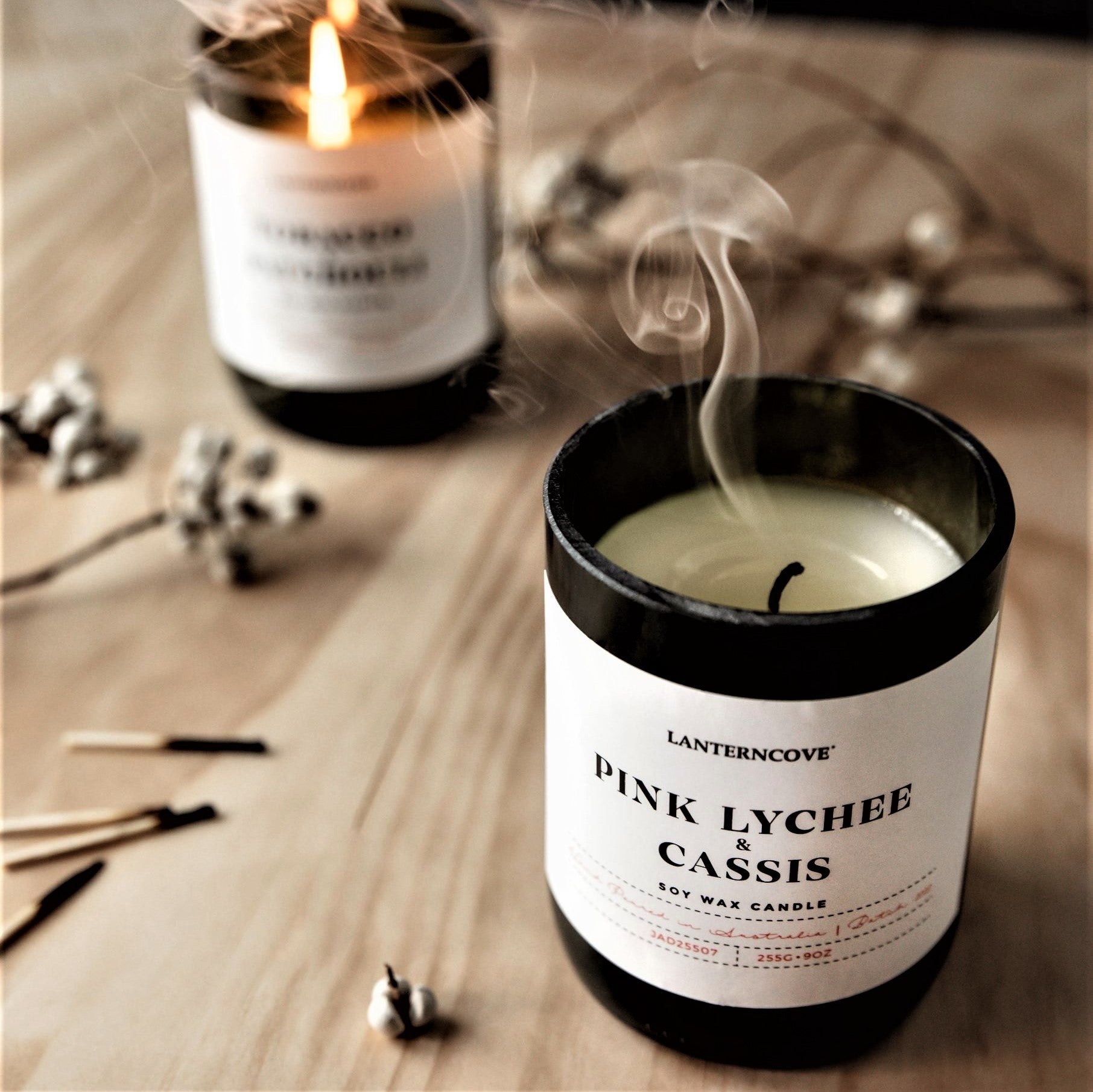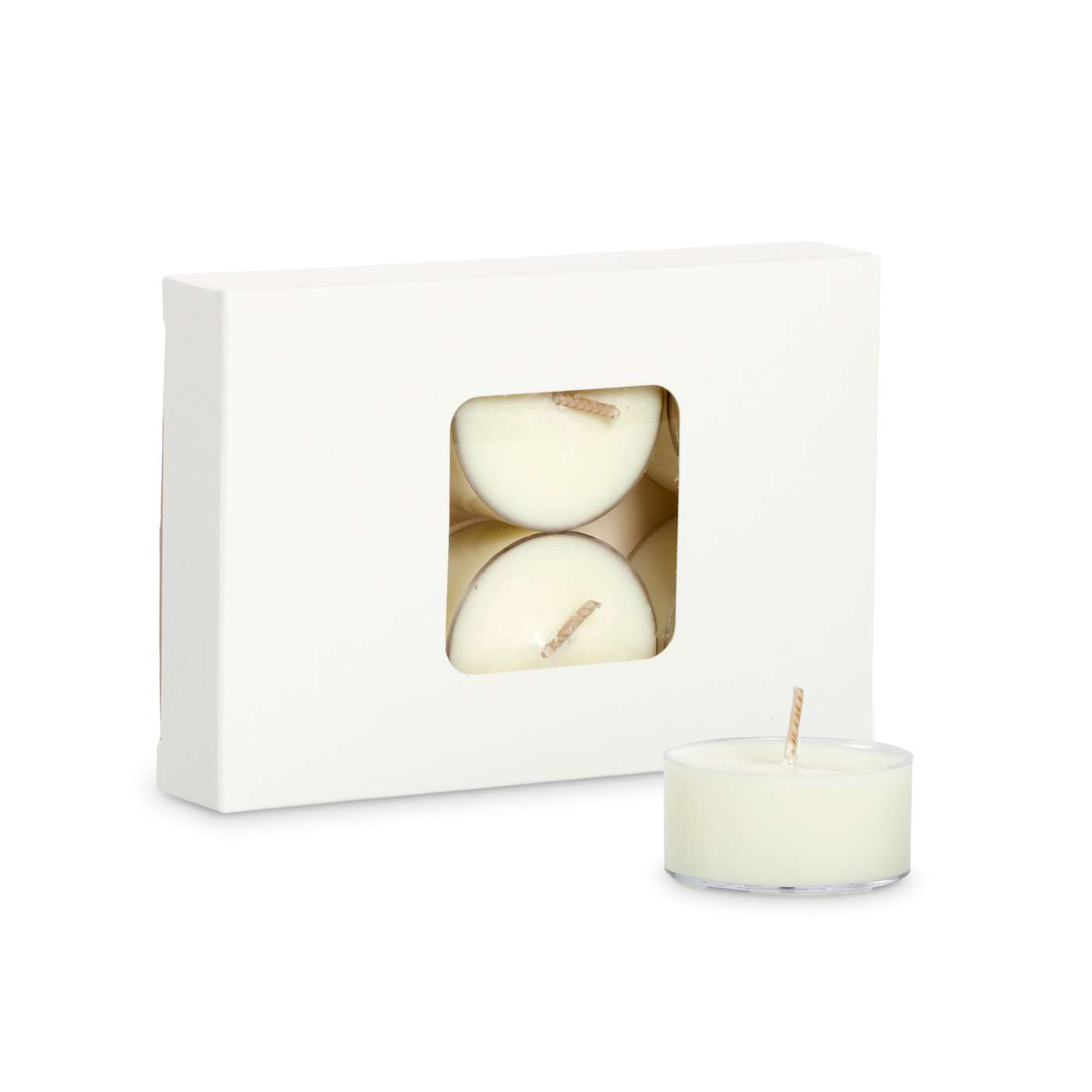Instill Your Home with the Aroma of Crystal Soy Candles and Home Fragrance
Instill Your Home with the Aroma of Crystal Soy Candles and Home Fragrance
Blog Article
From Wick to Wax: Understanding the Chemistry Behind Soy Wax Candles and Their Environmental Influence
As we brighten our areas with the warm glow of candle lights, there exists a world of complex chemistry behind the seemingly simple act of lighting a soy wax candle light. The selection between soy and paraffin wax extends past plain visual appeals, diving into the world of environmental effect and the really composition of the materials. Comprehending the molecular structure of soy wax and its combustion procedure loses light on the discharges released into our environments. Join us as we decipher the clinical details behind soy wax candles and discover their effects on our environment.
Soy Wax Vs. Paraffin Wax
When contrasting soy wax and paraffin wax for candle light production, it is vital to understand the distinctive qualities and advantages of each material. Soy wax is a natural, sustainable source originated from soybean oil, making it biodegradable and eco-friendly - soy candles. On the other hand, paraffin wax is a result of oil refining, which increases worries concerning its ecological influence and sustainability
Soy wax candle lights burn cleaner and emit much less residue compared to paraffin wax candle lights, making them a healthier choice for indoor air quality. Furthermore, soy wax has a lower melting factor, enabling for a longer-lasting candle that distributes scent better. Paraffin wax, on the other hand, often tends to melt faster and much less easily, potentially releasing dangerous chemicals right into the air.
From a sustainability point of view, soy wax is preferred for its biodegradability and renewable sourcing, aligning with the growing consumer choice for ecologically aware items. While paraffin wax has actually been a typical option in candle light making as a result of its cost and ease of use, the change in the direction of environment-friendly choices like soy wax is getting energy in the sector.
Chemical Composition of Soy Wax

Burning Refine in Soy Candles
The chemical composition linked here of soy wax directly affects the combustion procedure in soy candle lights, affecting variables such as shed time, aroma release, and environmental influence. When a soy candle light is lit, the warmth from the fire melts the wax near the wick.
The combustion effectiveness of soy candles is affected by the purity of the soy wax and the top quality of the wick. A clean-burning soy candle with a properly sized wick will create a stable fire and minimize residue development. This not only expands the melt time of the candle light however likewise improves the release of fragrances. Additionally, soy wax candles have a lower ecological effect contrasted to paraffin candles because of their eco-friendly and biodegradable nature.

Ecological Benefits of Soy Wax

Considered a sustainable alternative to traditional paraffin wax, soy wax offers remarkable environmental advantages that make it a preferred choice among eco-conscious customers. One significant advantage of soy wax is its renewable sourcing. Soy wax is obtained from soybean oil, which is Full Report primarily cultivated in the USA. The farming of soybeans assists sustain neighborhood farmers and lowers the dependency on non-renewable nonrenewable fuel sources made use of in paraffin wax production. In addition, soy wax is eco-friendly, indicating it damages down naturally without launching hazardous toxins right into the setting. This particular makes soy wax candle lights a more eco-friendly option compared to paraffin wax candle lights, which are made from petroleum, a non-renewable resource. Furthermore, soy wax burns cleaner and produces much less soot than paraffin wax, adding to much better interior air quality and reducing the demand for cleansing and upkeep. Generally, the ecological advantages of soy wax line up with the growing need for eco-friendly and sustainable products in the marketplace.
Recycling and Disposal Factors To Consider
Recycling and proper disposal of soy wax candles play a crucial function in preserving environmental sustainability and lowering waste in homes and areas. When it comes to recycling soy wax candles, the initial step is to make sure that the candle light has burned completely.

In regards to disposal, if recycling is not an option, soy wax candles are eco-friendly and can be safely disposed of in most house waste systems. Nevertheless, it is constantly suggested to check with neighborhood reusing facilities or waste administration solutions for details standards on candle disposal to guarantee appropriate handling and environmental management.
Final Thought
Finally, the chemistry behind soy wax candle lights exposes their environmental benefits over paraffin wax candle lights. Soy wax, originated from soybean oil, burns cleaner and generates less residue when contrasted to paraffin wax. The burning process in soy candles is much more efficient, leading to a longer and much more also shed. Furthermore, soy wax is eco-friendly and sustainable, making it a more lasting choice for candle manufacturing. Reusing and appropriate disposal of soy wax candles additionally contribute to their ecological impact.
When contrasting soy wax and paraffin wax for candle light making, it is important to understand the unique qualities and benefits of each product (soy candles).Soy wax candles shed cleaner and produce much less soot contrasted to paraffin wax candle lights, making them a healthier selection for indoor air quality.Taken into consideration a sustainable alternative to conventional paraffin wax, soy wax uses noteworthy environmental benefits that make it a prominent selection amongst eco-conscious customers. Soy wax burns cleaner and creates much less residue than paraffin wax, adding to much better interior air top quality and minimizing the demand for cleaning and maintenance.In conclusion, the chemistry behind soy wax candle lights exposes their ecological advantages over paraffin wax candles
Report this page